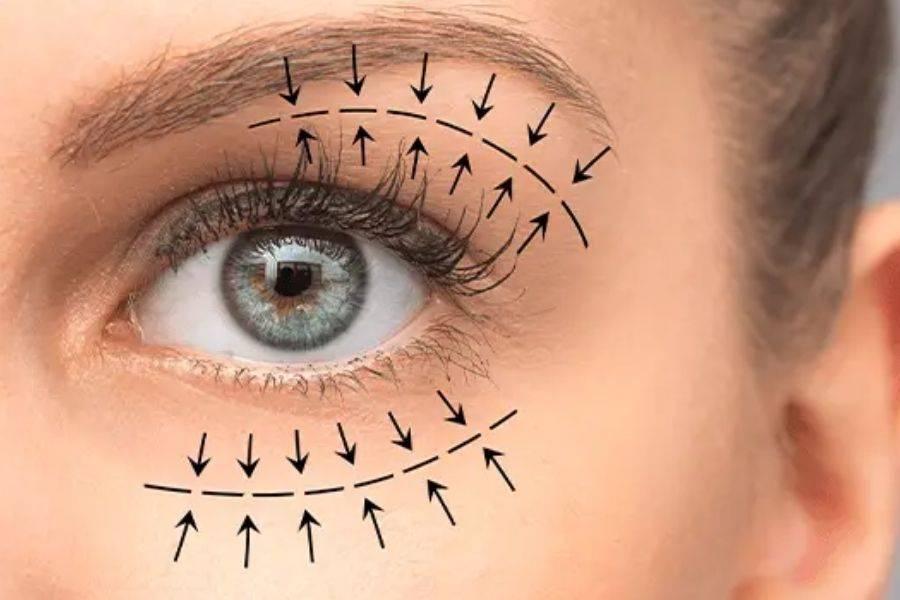
Blepharoplasty is one of the most common aesthetic and functional surgical procedures.
A safe and effective cosmetic treatment that results in a significant improvement in appearance with minimal risks.
Blepharoplasty addresses the contours of the upper and lower eyelids. When upper eyelids are reshaped, the focus is on the area between the eyebrows and eyelashes.
Blepharoplasty focuses primarily on the area between the eyelashes and cheekbones. Blepharoplasty involves removing excess skin and muscle from these areas and reducing or redistributing essential fat to create a younger-looking face and eye contour.
Why Blepharoplasty?
Blepharoplasty aims to enhance the appearance of the eyes or improve poor vision.
Puffiness, sagging, and fine lines around the eyes are often caused by excess fat or skin in the eye sockets.
This causes a tired appearance and can even cause vision problems, as the excess skin creates a "hood" over the eyes.
The goal of blepharoplasty is to improve the contour of the eyelid, tighten the skin, and achieve a smoother, more youthful appearance.
The most common type of blepharoplasty involves an incision in the crease of the upper eyelid and another below the lash line in the lower eyelids.
In some cases, the incision may be completely hidden in the lower eyelid, a procedure called a conjunctival shunt.
After blepharoplasty, minor discomfort, bruising, and dry eyes may occur.
The patient can usually return to work and social situations within a week or two.
In addition to blepharoplasty, supportive procedures can be used to achieve the optimal result, such as a facelift, brow lift, half-face lift, and chin and cheek augmentation.
You can also pay for your blepharoplasty in installments at the clinics of Dr. Ahmed Raslan, Consultant Oculoplastic and Eyelid Surgeon, Fellow of the International Council of Ophthalmology, and Member of the European Society of Oculoplastic and Blepharoplasty. For reservations and inquiries, contact us now.

